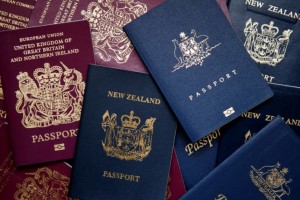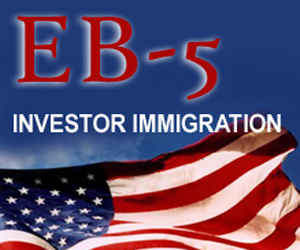 Sandra Dyche Kim has seen a large amount of interest in immigration in recent years. Many of these immigrants utilize the EB-5 visa program, but others seek out other forms of assistance to leave their countries for a new home. Recently, Sandra Dyche Kim spoke to Interviewing Experts about these other forms of assistance, as well as the EB-5 program.
Sandra Dyche Kim has seen a large amount of interest in immigration in recent years. Many of these immigrants utilize the EB-5 visa program, but others seek out other forms of assistance to leave their countries for a new home. Recently, Sandra Dyche Kim spoke to Interviewing Experts about these other forms of assistance, as well as the EB-5 program.
Interviewing Experts: Why are so many people interested in seeking citizenship in other countries?
Sandra Dyche Kim: There are a multitude of reasons, many of which are political. It’s easy for people to become frustrated by the legal systems in some countries, which have been called unfair by those interested in leaving.
Interviewing Experts: Are all of those who seek citizenship in a second country interested in moving to those countries?
Sandra Dyche Kim: Not necessarily. In some instances, a citizen may simply want a right to a passport in a particular country in order to travel to those countries without being subject to travel restrictions. [Read more…]
 Entrepreneur Sandra Dyche has seen firsthand how foreign investors have used the EB-5 program to accelerate job creation for out-of-work Americans. Below, Sandra Dyche describes the EB-5 program and its benefits for both foreign investors and unemployed workers.
Entrepreneur Sandra Dyche has seen firsthand how foreign investors have used the EB-5 program to accelerate job creation for out-of-work Americans. Below, Sandra Dyche describes the EB-5 program and its benefits for both foreign investors and unemployed workers.